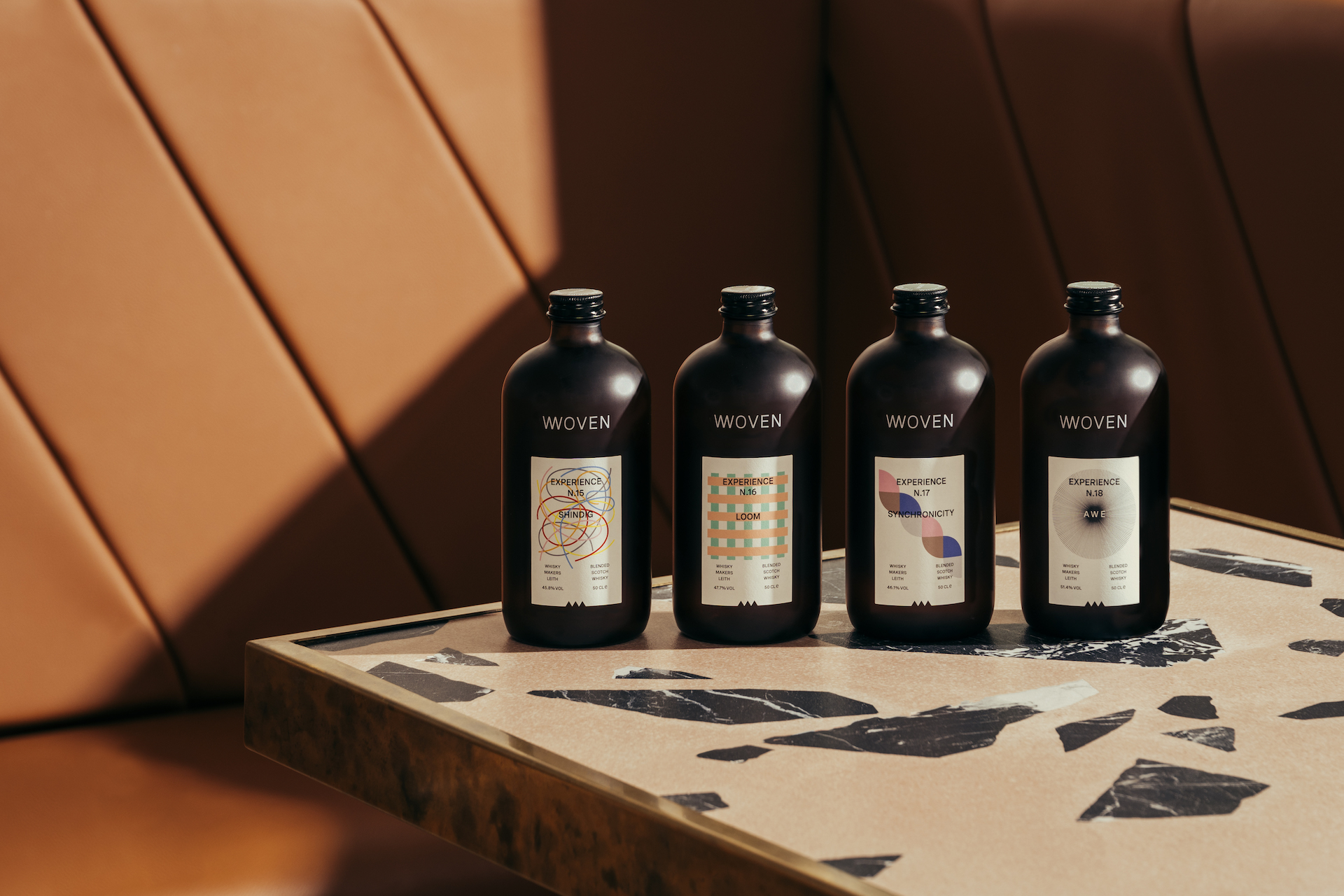
Over the last year, cost of living pressures and rate rises have put the squeeze on consumer spending.
As a result, the upcoming peak shopping season takes on even greater significance for Australian retailers who will be eager to capitalise on the traditional surge in spending ahead of the festive season. However, competition is fierce and loyalty is hard to establish and easy to lose.
It’s difficult to compete on product or price when competition is high, but retailers who turn customer experience (CX) into their USP, can meet and exceed shopper expectations this peak season. Having spent parts of my early years working on the shopfloor of my family business, I’ve seen first-hand the importance of soft skills and human touch in driving positive customer experience.
Turning soft skills into an advantage
Retailers might underestimate soft skills when hiring sales associates, but they’re amongst the most valuable for businesses today. First, ensure customer service is everyone’s job. Have you ever asked for help in a store, only to be told: ‘That’s not my job’?. Whether you’re a manager or business owner, a sales representative or even a casual staff member, customer service is everyone’s responsibility. When everyone buys in from top to bottom it sets a precedent and shows every shopper that every member of staff is there to improve their experience.
From helpful and patient to knowledgeable and trend-aware, soft skills help retailers close a sale with an uncertain shopper, incentivise an upsell or turn a one-off customer into a regular. Adaptability, for example, is important. Just as every shopper is unique, so too are the tactics that will work best with them. Retailers and their sales associates must recognise that while one shopper might want hands-on advice and recommendations, their peer might prefer space, and the knowledge you’re there should they need you.
Focus, too, on connection and communication, which can drive loyalty. Whether you’re informing visitors of new opening hours and services offered at your store, or letting them know of upcoming deals on your website, communicate often and openly. Regularly ask for feedback, too, so you can demonstrate their opinion and experience matters to you, and put yourself in their shoes to better understand and appreciate what is and isn’t working for them.
Discretion is an important, but often overlooked, trait too. When it comes to shopping, few things are as embarrassing as having a debit card declined in public. Think how you would feel, and respond gently in a way that doesn’t draw too much attention. Inform the customer that there is an issue with the transaction and ask if they would like to opt for another payment method. This combination of good customer service and basic human empathy can turn a bad experience into a better one.
Establish procedures for dealing with unhappy shoppers, so employees know what to do if a transaction goes south, and train them in the skills needed to make unhappy customers feel valued. Procedures provide certainty, which can alleviate situations quickly before they get out of hand. For example, consider giving them the authority to issue returns, make exchanges or provide extra merchandise without having to ask for approval. How your business reacts in this situation, and many others like it, can often determine whether the shopper will return again or never again.
Putting the personal into personalisation
Personalisation – whereby businesses provide shoppers with tailored recommendations, offers and experiences based on their individual habits and preferences – has become fundamental in the retail sector in the last decade. Consumers are more likely to purchase from brands that offer a personalised experience or customer service.
Personalisation is most commonly associated with eCommerce, where retailers can use tools, data and analytics to understand a customers’ shopping habits online. But this can also be delivered effectively on the shop floor, through personal, face-to-face interactions. Focus on the customer in front of you, ask their name and introduce yours, and go the extra mile. For example, if something they want isn’t in stock, offer to order it in, hold it at another store or help them find the product on your ecommerce website. And don’t be afraid to suggest an item they might like based on those they’re considering. Customers value the focus on them, remember the effort, and recommend it to their friends and family.
Retail is an industry that has been built for generations on meaningful, human-to-human interactions. Technology is not replacing that, but enhancing it. With technology like Lightspeed enabling retailers to streamline their checkout process, manage stock and inventory more efficiently, and automate many of their back-end operations, it frees up time and resources for retailers to focus on the human element.
Even if a decrease in consumer spending persists, the support local sentiment is strong in Australia. By understanding the role soft skills and the human touch play, retailers can unlock that support this peak season and turn customer experience into a competitive advantage that drives sales and loyalty before, during and after peak season.
This is for informational purposes only and does not constitute legal, financial or tax advice. You should consult with and rely on your own legal, financial or tax advisors.
Keep up to date with our stories on LinkedIn, Twitter, Facebook and Instagram.



